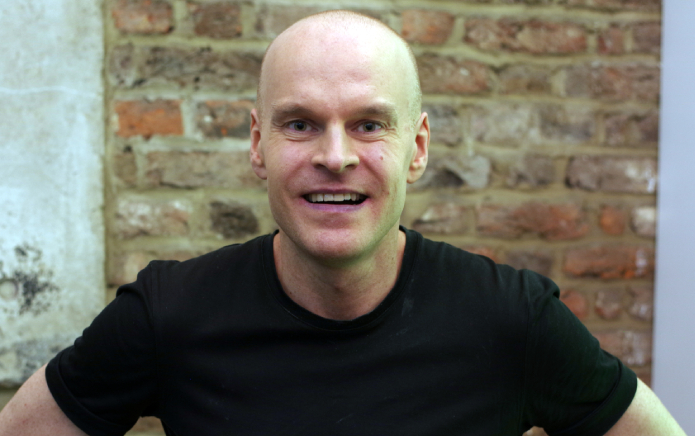
Homosexual sexual behavior may appear to present Darwin’s paradox.It does not provide any obvious reproductive or survival benefits, yet homosexual sexual behavior is fairly common-around 2-10% of individuals of Diverse human society -And obviously Gene effects..
These observations raise the question: why were genes associated with homosexual sexual behavior maintained over time of evolution? Given that evolution depends on genes that are passed down from generation to generation through reproduction, how and why are these genes also passed down?
In a new treatise Published in Nature Human Behavior, My colleague and I tested one possible explanation. Genes associated with homosexual sexual behavior are said to have evolutionary beneficial effects on people who are not engaged in homosexual sexual behavior.
Specifically, we tested whether these genes were also associated with increasing heterosexual partners. This can bring evolutionary benefits.
To investigate this, we used genetic data from more than 350,000 participants. UK Biobank, A huge database of genetic and health information.
These participants reported whether they had homosexual partners and how many heterosexual partners they had in their lifetime.
We analyzed the association of millions of individual genetic variations with each of these self-reported variables. Not only were there one or a few related genetic variations for both variables, but too many were spread throughout the genome. The effects of each were negligible, but overall, the effects were considerable.
Next, we show that the total genetic effects associated with having a homosexual partner in the past are also associated with having more heterosexual partners among those who did not have a homosexual partner. I did.
This result supports our main hypothesis.
Further investigation
Next, I duplicated the survey results and expanded them.
First, we succeeded in reproducing the main results with an independent sample.
We then tested whether the results were true even when using different definitions of homosexual sexual behavior.
For example, if you have a stricter definition of homosexual behavior and are primarily or exclusively targeted at individuals who have a homosexual partner (rather than including those who have previously had a partner). , Is that still the case?
The small subsamples used resulted in lower statistical confidence, but the results were nearly consistent.
read more: A “gay gene” search reveals more than one-and there is no way to predict sexuality
Third, we tested whether physical attraction, risk-taking tendencies, and openness to experience help explain the main outcomes.
In other words, can the genes associated with these variables be associated with both heterosexual homosexual sexual behavior and heterosexual partners?
In each case, evidence was found to support the important role of these variables, but most of the main results remained unexplained.
Therefore, there is still no firm theory of how these genes provide evolutionary benefits. But it may be a complex combination of factors that generally make someone “more attractive” in the broadest sense.
Evolution simulation
To investigate how the hypothesized evolutionary process evolves, we have also constructed a digital simulation of a population of reproductive individuals for generations. These simulated individuals had a small “genome” that affected their tendency to have homosexual and heterosexual reproductive partners.
These simulations, in principle, show that the kind of effect suggested by our main results can actually maintain homosexual sexual behavior within the population, even if the trait itself is evolutionarily unfavorable. rice field.
Importantly, our simulations also showed that without the benefit of countering genes associated with homosexual sexual behavior, that behavior is likely to disappear from the population.
While these findings provide us with interesting clues about the evolutionary maintenance of homosexual sexual behavior, there are also important warnings.
An important limitation is that our results are based on a modern Western sample of white participants-knowing how our findings apply to other ethnic groups and cultures at different locations and times. I can not do it. Future studies with a wider variety of samples may help clarify this.
read more: African scientists recognize that diverse sexuality is the norm
Finally, I know that some people find it inappropriate to study delicate topics such as genetics and the evolution of homosexual sexual behavior. My view is that the science of human behavior aims to shed light on the mysteries of humanity, which involves understanding the factors that shape our commonalities and differences.
If we avoid studying sexual orientation and other such topics because of political sensitivity, we will leave these important aspects of normal human diversity in the dark.
Author: Brendan Zietsch-Associate Professor, University of Queensland
Source link Why did homosexual sexual behavior persist in the process of evolution?








